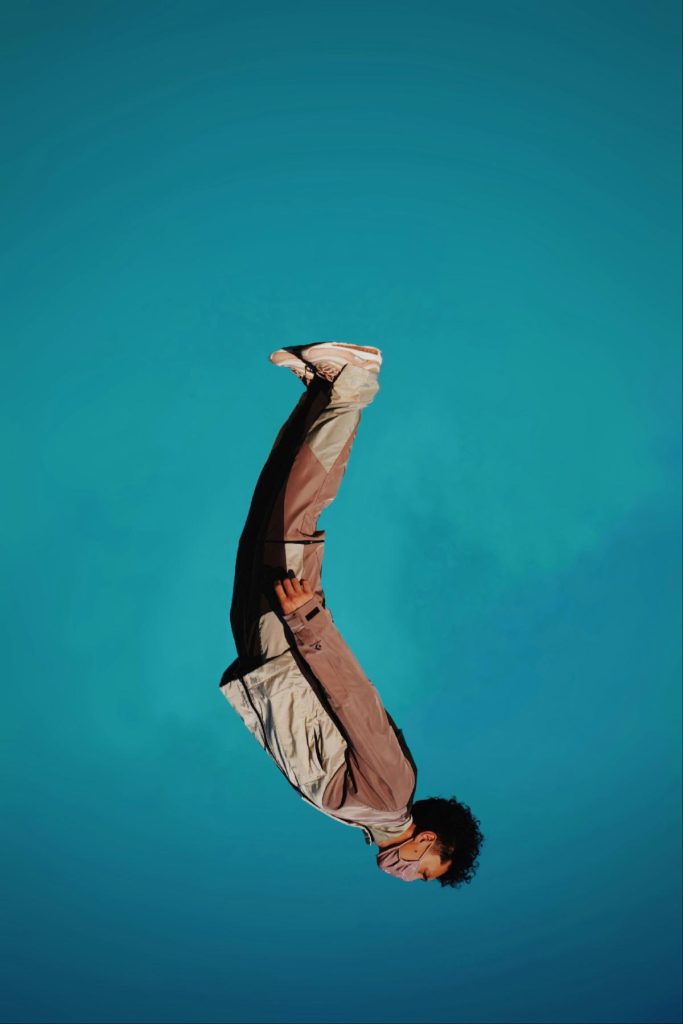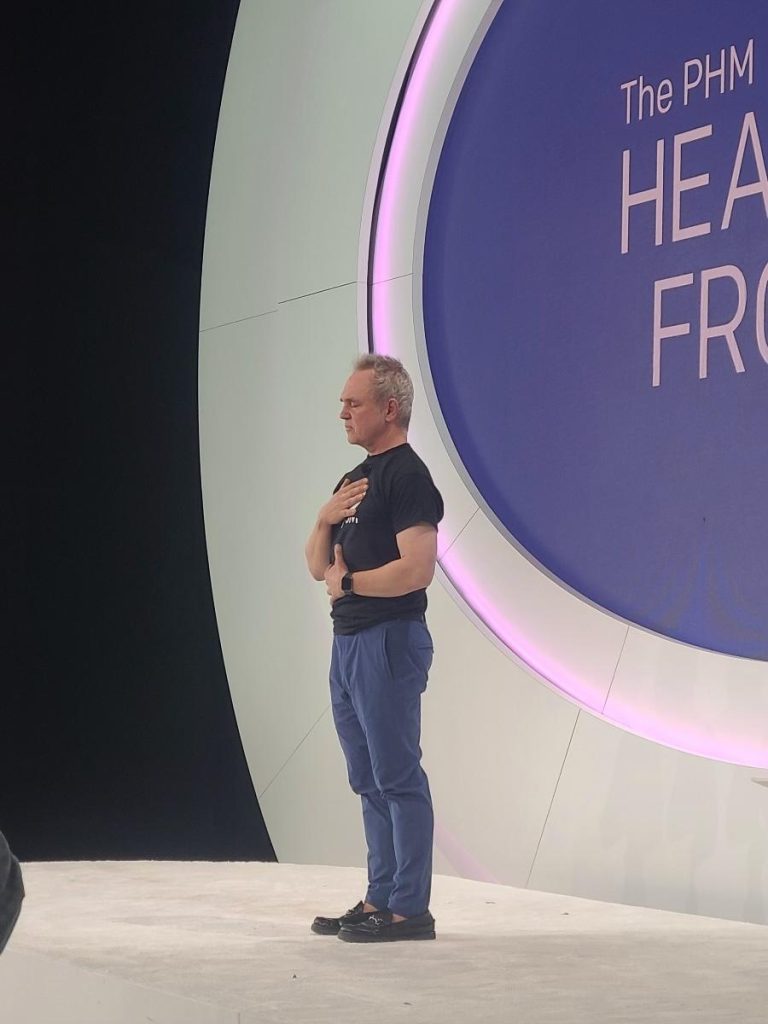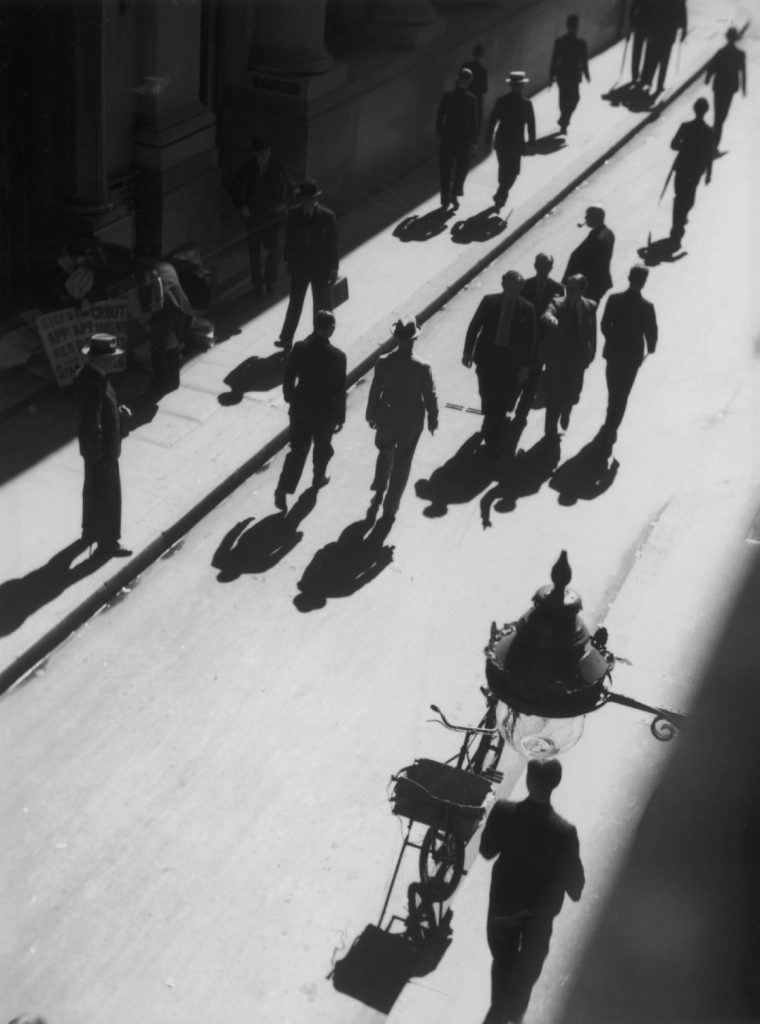3 Spots Left HERE
The concept applies to everything from spring cleaning to psychotherapy.
Specifically, it’s the paradoxical phenomenon that occurs whenever you try to organize and tame any kind of chaos.
Instead of diminishing, disorder rapidly escalates.
As I explore this month’s theme of Embracing the Shadow (April Meditation HERE), I find this profoundly true:
Unfortunately, despite our best intentions, our first attempts to clean things up often makes them a lot messier.

In the past week, I’ve completed a purge of all the paperwork in my life, a prepping of my terrace garden for spring, and an entire reorganization of my office library.
With each of these projects, after only 20 minutes or so, I felt like I’d made some kind of terrible mistake and, at the same time, that there was no turning back.
Indeed, for most of the 3-5 hours each project took, things appeared much worse than when I’d started.
Wading through the chaos, I realized that the specific kind of effort involved made it so difficult.
Namely, while some decluttering choices along the way were entirely easy, others required an utterly ruthless editorial spirit.
Even so, I triumphed over it, knowing that I had to travel through the darkness––or, more accurately, sort through filing cabinets of old writing fragments–– if I wanted to get to the light.

One of the reasons yoga is so powerful and simultaneously so challenging is that this same concept very much applies.
The only way to become more flexible is by moving into the space where you are NOT flexible.
When it comes to stretching, there is no shortcut, no loophole, other than to gently linger on the soft edge of where you’re tight, until that border shifts.
As with a powerful massage, you have to go directly into the tightness to become light and loose again.
The trick, of course, is that you can only go so far and so fast without causing new problems.
In order to eliminate the tension, you have to dive more deeply into it.

Robert Frost wrote about this in his poem Servant of Servants.
In her monologue, the unnamed woman speaks of her husband Len saying:
“He says the best way out is always through.
And I agree to that, or in so far
As that I can see no way out but through.”
The concept is, of course, far older and can even be found in the 12th century in Dante’s Inferno.
In Canto 3, Dante expresses fear and grave doubt to his guide the poet Virgil about their journey into the realms of the afterlife.
Virgil’s reply in the original Italian is:
“Per me si va ne la città dolente,
per me si va ne l’etterno dolore,
per me si va tra la perduta gente.”
Essentially, Dante is told that if you want to get to enlightenment, salvation, or paradise, you’ve got to go through the misery first, facing the problem head-on yet moving forward.
Or, as Winston Churchill said 600 years later, “If you’re going through hell, keep going.”

This week in my interviews with potential coaching clients––there are 3 spots left to work with me HERE this Spring––I experienced another aspect of Embracing the Shadow.
Often, it’s less about some amazing marketing insight I offer (although those do happen in frequent and delightful ways) as it is about my casting the spotlight on something that’s lingering in the shadows, something that’s been begging for definition.
In fact, so many times it’s just asking the most basic kind of question about something that’s remained vague or unstructured about a project, like a less general goal other than “huge success.”
Shining the spotlight on the shadow in this way is akin to the wisdom in the Lily Tomlin riff:
“I always wanted to be somebody,
but now I realize I should have been more specific.”
Uncovering and embracing what’s in those shadows is often a two-person job, one we can explore undertaking together HERE.

Speaking of spotlights and yoga, this week I combined both with a quirky onstage moment.
I was invited to lead a wellness break as a DailyOM representative for a fancy health conference with headliners like Brooke Shields, Gabrielle Union, and the Editor-in-Chief at Glamour.
I’ve done a million presentations like this before but this one had a unique challenge: a 3-minute time limit.
Like at the Academy Awards, from the moment I stepped onstage, there was a red light timer ticking down my 180 seconds.
Two days after the solar eclipse, it was my own private moment of totality, one where my job was shift the focus and enliven the room by bringing the spotlight back into the body and the breath (in 3 minutes).
Although I was reassured I could spill over a bit without any imaginary orchestra playing me off, I managed to clock out exactly on time.
Paralleling shadow work, sometimes the best way to get people to have a better experience sitting in an audience is to get them standing up again first.

Jung tells us that when it comes to Embracing the Shadow:
“One does not become enlightened
by imagining figures of light,
but by making the darkness conscious.”
Just as cleaning uncovers hidden clutter, and stretching reveals our tightness, confronting our shadows exposes the parts of ourselves we’d rather keep hidden.
It’s tempting to turn away from our disorderliness and the discomfort, but in doing so, we miss out on the chance for true growth and healing.
Instead of shying away from the mess, let’s accept and revel in it.
It’s only by acknowledging our shadows and facing them head-on, giving them those moments in the spotlight, that we can begin the process of healing and transformation.
It’s messy, it’s often uncomfortable, but if you want an unweeded garden or a bookcase and a filing cabinet where everything is in its perfect place, it’s absolutely necessary.
You just can’t lose faith even though it always seems darkest before dawn, and messiest before it’s tidy again.
Indeed, the only way out really is through.
Namaste for Now,

